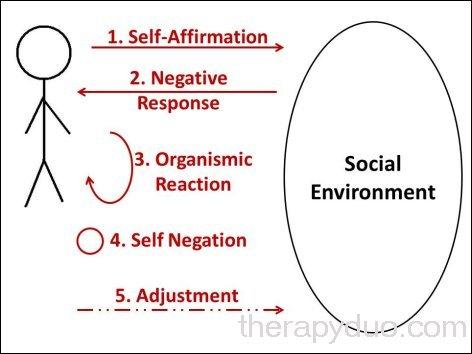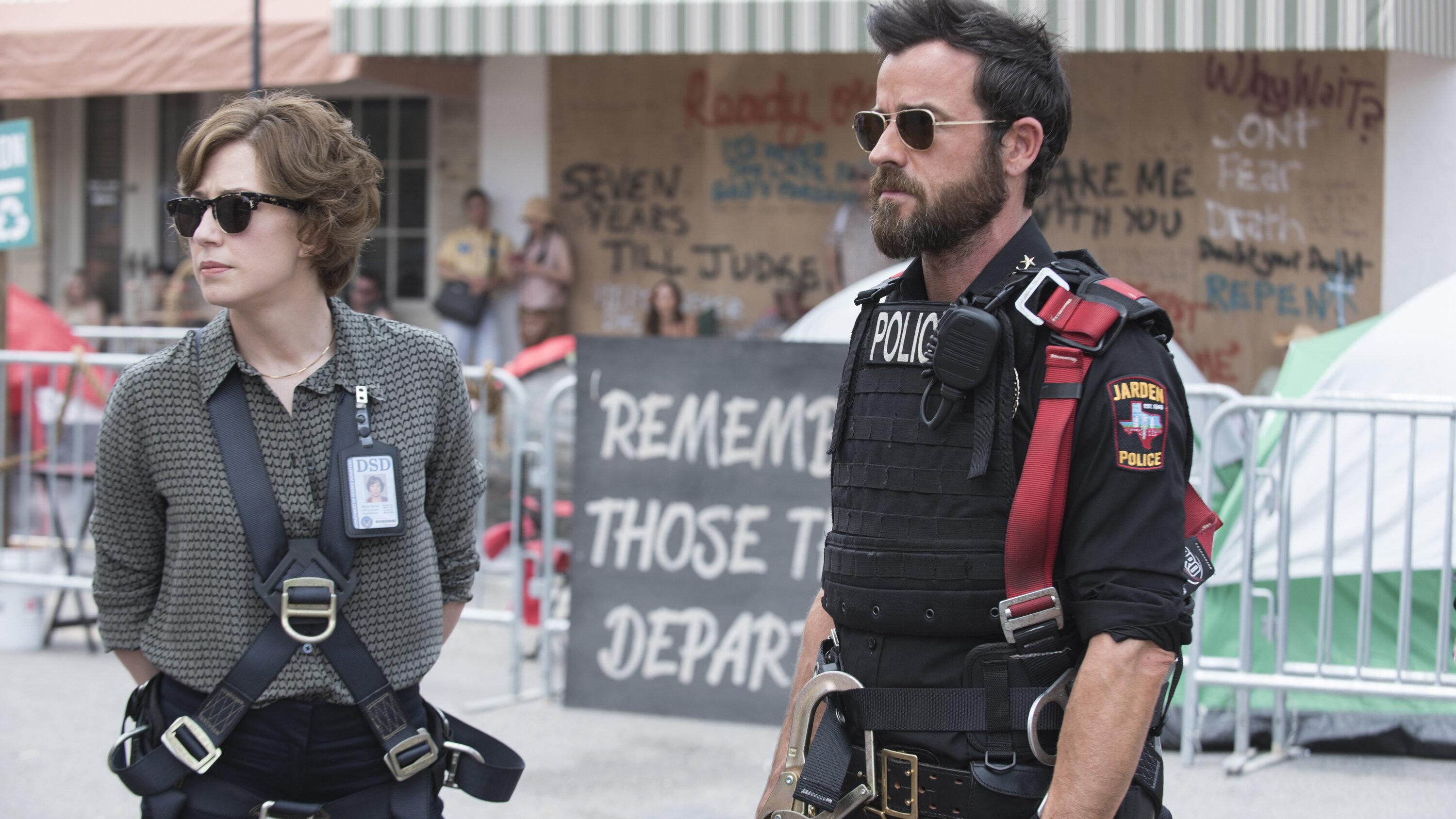In the landscape of modern television, where an abundance of shows vie for audience attention and critical acclaim, HBO’s “The Leftovers” emerges as a compelling yet often overlooked masterpiece. Premiering in 2014 and concluding in 2017, this enigmatic series, adapted from Tom Perrotta’s novel, navigates the complex emotional terrain of loss, grief, and existential uncertainty following the sudden disappearance of 2% of the world’s population. While “The Leftovers” may not have garnered the widespread recognition of its contemporaries, its nuanced storytelling, profound thematic exploration, and innovative narrative techniques merit a closer examination. This article delves into the show’s understated brilliance, analyzing how it deftly combines philosophical inquiry with deeply personal narratives to create an indelible impact on its viewers, ultimately securing its place as a significant yet underappreciated contribution to the television canon.
Exploring the Complex Narrative Structure of The Leftovers
At the heart of The Leftovers lies a narrative structure that defies traditional storytelling norms, offering a complex tapestry of interconnected lives and events. The series employs a non-linear approach, weaving together various timelines and perspectives to create a rich, immersive experience. This method not only challenges viewers to piece together the overarching narrative but also allows for a deeper exploration of themes such as grief, loss, and existential dread. The use of fragmented storytelling mirrors the emotional disarray experienced by the characters, effectively drawing the audience into their world.
- Character-Centric Episodes: Each episode often focuses on a single character, providing intimate insights into their psyche and motivations.
- Flashbacks and Flashforwards: These temporal shifts enrich the plot by revealing crucial backstory and foreshadowing future events.
- Symbolic Imagery: The show frequently employs visual metaphors, enhancing the narrative depth and inviting varied interpretations.
Such innovative storytelling techniques underscore the brilliance of The Leftovers, as they encourage viewers to engage actively with the material, making each revelation and connection feel both earned and profound.

The Impact of Emotional Depth on Audience Engagement
The profound emotional depth of ”The Leftovers” plays a pivotal role in enhancing audience engagement, drawing viewers into its narrative web with unparalleled intensity. Unlike traditional storytelling, this series delves into the raw, unfiltered human experience, exploring themes of loss, existential dread, and the relentless search for meaning. This emotional resonance is not just a backdrop but a driving force that compels viewers to invest deeply in the characters’ journeys. Each episode unfolds like a psychological exploration, urging the audience to confront their own emotions and beliefs, creating a connection that is both personal and universal.
- Character Complexity: The multifaceted personalities in the show mirror real-life emotional struggles, allowing viewers to see reflections of their own inner battles.
- Authentic Storytelling: The series eschews conventional resolutions, instead embracing ambiguity and uncertainty, which resonates with audiences seeking more than formulaic entertainment.
- Emotional Catharsis: By confronting difficult emotions, the show offers a cathartic experience, encouraging viewers to process their feelings alongside the characters.
Through its intricate portrayal of emotional landscapes, “The Leftovers” transforms passive viewers into active participants, urging them to engage not just with the story but with their own emotional truths. This depth fosters a unique form of engagement that is both introspective and communal, creating a shared space for reflection and dialogue.

Character Development as a Catalyst for Storytelling
In “The Leftovers,” character development is not merely a narrative tool but a transformative force that drives the story forward. The series delves deeply into the psychological and emotional landscapes of its characters, crafting intricate arcs that reflect their internal and external struggles. Kevin Garvey, for instance, undergoes a profound metamorphosis as he grapples with his role in a fractured world. His journey is a tapestry of contradictions, where personal turmoil is as pivotal as the external chaos surrounding him. This meticulous character crafting enriches the narrative, inviting viewers to explore the multifaceted nature of identity and purpose.
The show’s brilliance lies in its ability to use character development as a lens to explore broader existential themes. Through characters like Nora Durst and Matt Jamison, the series examines themes of loss, faith, and redemption. It achieves this by focusing on nuanced storytelling elements such as:
- The exploration of grief and acceptance in a post-apocalyptic setting.
- The juxtaposition of personal belief systems against a backdrop of societal breakdown.
- The evolution of interpersonal relationships amidst uncertainty and despair.
By weaving these complex narratives, “The Leftovers” not only propels its plot but also offers a profound commentary on the human condition.

The Role of Music and Sound in Enhancing the Series Atmosphere
One of the most compelling aspects of The Leftovers is its masterful use of music and sound to elevate the emotional depth and atmosphere of the series. The haunting compositions by Max Richter serve as a backbone to the narrative, underscoring moments of grief, tension, and revelation with an evocative intensity. Richter’s minimalist score, with its recurring motifs and subtle variations, not only accentuates the emotional landscape but also becomes a character in its own right, guiding viewers through the labyrinth of human emotions depicted on screen.
- The strategic use of silence to heighten dramatic tension.
- Incorporation of diegetic sound to ground scenes in reality.
- Contrasting musical themes to reflect character conflicts and growth.
Beyond the score, the series cleverly integrates a wide range of musical genres, from classic rock to contemporary pop, creating juxtapositions that are both jarring and thought-provoking. These choices are not arbitrary; they serve to mirror the characters’ inner turmoil and the chaotic world they inhabit. Sound design in The Leftovers is not merely an accompaniment but a narrative device that enriches the storytelling, allowing viewers to experience the emotional resonance of each scene on a profound level.
